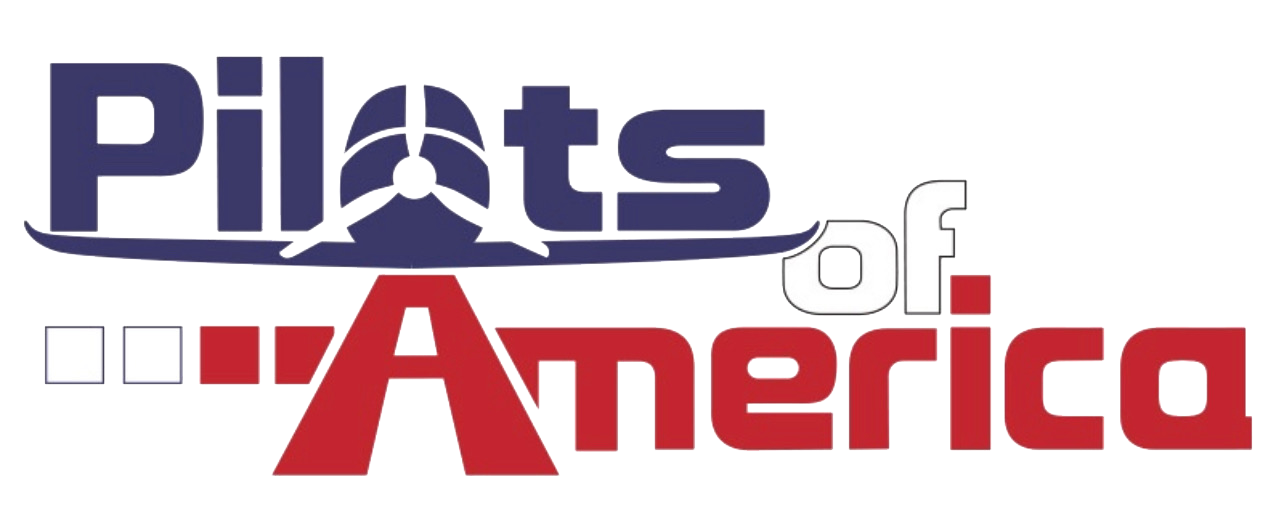bnt83
Final Approach
Evening, i'm a pilot in training and i'm also looking for a working airplane for short cargo hauls in the Caribbean. Less than 100 nautical mile legs. I'm searching for an airplane that I can both finish my training in and use after the fact.
Considering renting or buying for flight training, and thought, if I could purchase through the company to offset the cost of training.
Your advices are greatly appreciated!
182 is a way better truck than a 177...
(Family owns both in 1968 flavors)

